Green architects are taking the lead in the fight against climate change. Most greenhouse gas emissions come from energy and heating, manufacturing and construction – all of which can be influenced by architecture.
Sustainability in architecture is so broad, encompassing an infinite number of potential solutions to lessen the field’s adverse effects on the environment. The concept of environmentally friendly or sustainable design is not a new one; in fact, some architects have been working in accordance with these tenets for a long time, even before it became mainstream.
What is Green Architecture?
Green architecture, often used interchangeably with sustainable architecture, is the design approach aimed towards reducing the negative environmental impact of buildings. Simply put, green buildings are constructed in biomaterials or environmentally friendly materials and use energy and resources efficiently. As the issue of climate change becomes dire, architects now play an incredibly important role. Green or sustainable design is no longer an option or a typology, but a necessity. An evidence is in the increasing numbers of architects getting green building rating systems certifications such as LEED.
Who are Green Architects?
Professionals that use an ecologically sensitive approach to design, construction, and building operations are known as green architects or sustainable architects. They promote energy efficiency, resource conservation, and ecological harmony while attempting to reduce the harmful effects of buildings on the environment.
By incorporating renewable energy sources, sustainable materials, and biophilic aspects, green architects go beyond conventional design ideas to create buildings that prioritize both planetary and human health.
Be inspired by these 15 successful green architects on how we can implement green architecture in various manners.
List Of 15 Brilliant Green Architects You Should Know
1. Mario Cucinella
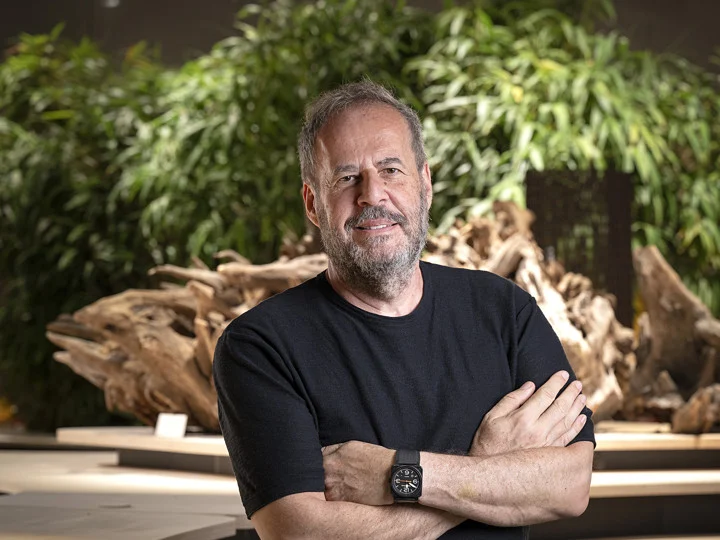
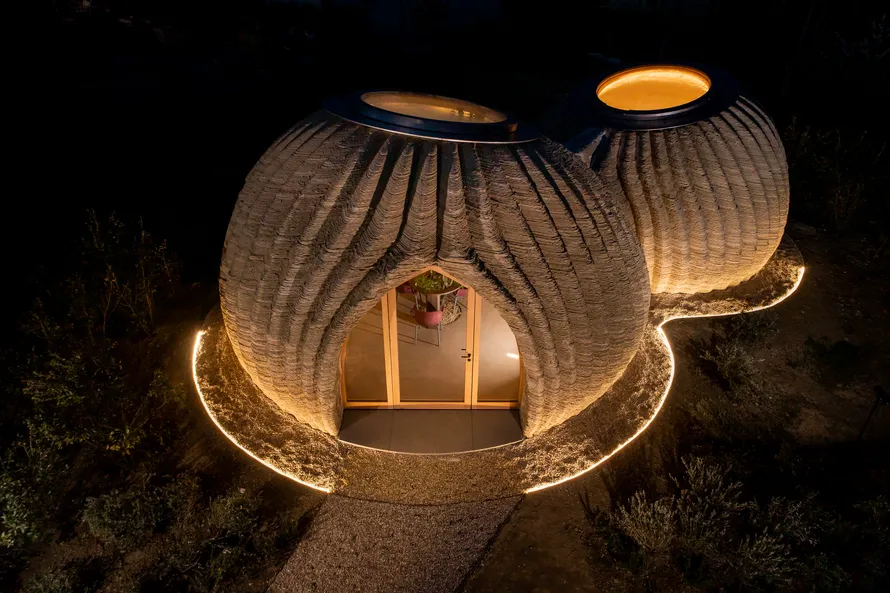
Mario Cucinella is an Italian architect and founder of Mario Cucinella Architects, as well as the School of Sustainability Foundation. He graduated with architecture at the University of Genoa in 1986 and started his own firm 6 years later.
With the notion that “sustainability is the pursuit of new beauty”, MCA does not shy away from sustainable design as they reach for beauty in design. In a continual effort to minimize the amount of energy wasted, the objective of the practice is to design and implement projects that have a less negative effect on the surrounding environment. On the other hand, the School of Sustainability (SOS) prepares young professionals on the application of sustainable design in a holistic, human-centered and research-driven approach to tackle environmental issues with design.
Notable Work Of Mario Cucinella
Tecla (Italy)
Tecla is a notable project of MCA in collaboration with WASP. The low-carbon prototype was 3D printed using locally sourced clay in 350 stacked layers. The design and construction combined both ancient and modern technology and aimed to serve as a response to both the global housing issue and environmental sustainability.
2. Vo Trong Nghia

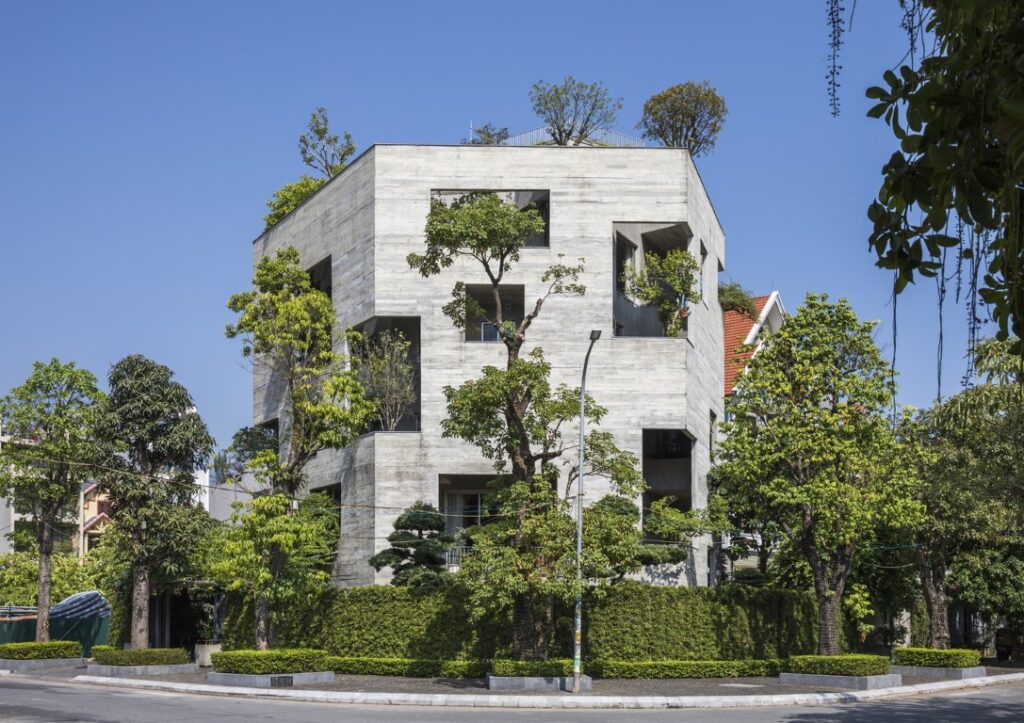

This well-known Southeast Asian green architect is a pioneer in both bamboo and sustainable architecture. Most of his non-bamboo architecture still centers around ecological materials and a focus to reconnect with nature. Vo Trong Nghia has been focusing on changing Vietnam’s urban jungle and attitude towards architecture with more green spaces. As its reputation grows, VTN Architects has designed numerous typologies, both in and out of Vietnam.
Notable Work Of Vo Trong Nghia
GWPQ Welcome Center (Vietnam)
The imposing structure of the welcome center for the Grand World Phu Quoc is a statement of the complex beauty of bamboo. Made up of 42 000 pieces of bamboo in a hybrid structural system, it incorporates both the Vietnamese culture and the construction methods the firm has refined over the years.
3. Michael Reynolds

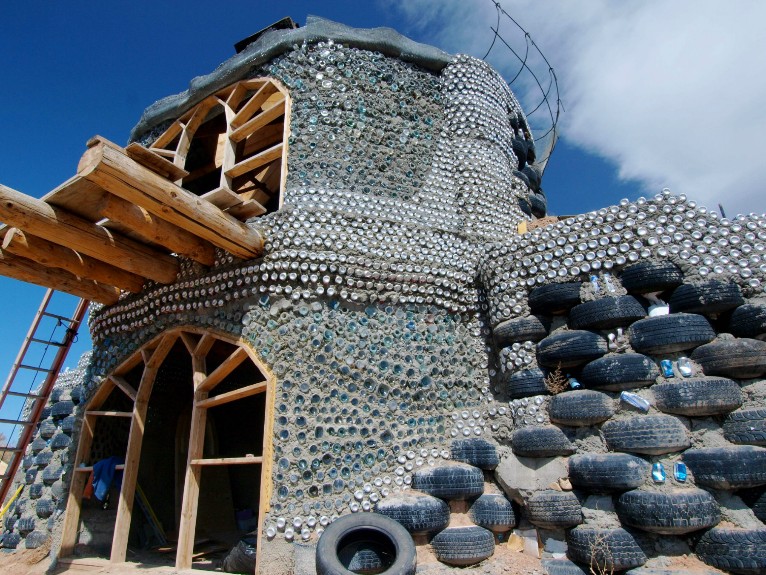

This next green architect is no ordinary one. Michael Reynolds is best known for his Earthship homes, repurposing things many considered as waste. His brand of green architecture is all about self-sustaining and climate adaptive through passive concepts. Reynolds founded Earthship Biotecture focusing on building autonomous houses (the ‘Earthships) while also teaching the public about these homes and sustainability.
He is recognized for designs that push the boundaries of building regulations and is considered to be a critic of the profession of architecture for its commitment to traditional theory and practice. In addition, he is an advocate for the reuse of unusual construction materials from waste streams, such as vehicle tires, and he is a proponent of the reuse of uncommon building materials.
Notable Work Of Michael Reynolds
The iconic Earthships
An Earthship is built entirely with recycled and repurposed materials together with rammed earth or adobe bricks. The geo-climatic context and location affect the orientation and fenestrations. Other sustainable features include water catchment systems, voltaic cells and passive solar techniques, windmills and domestic botanical systems for food cultivation.
Read more about Earthship architecture in High Tech Builders vs Natural Building Models.
4. James Wines
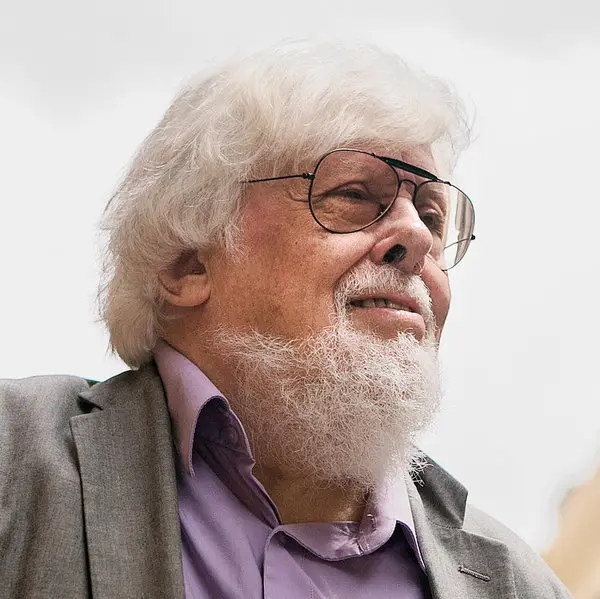
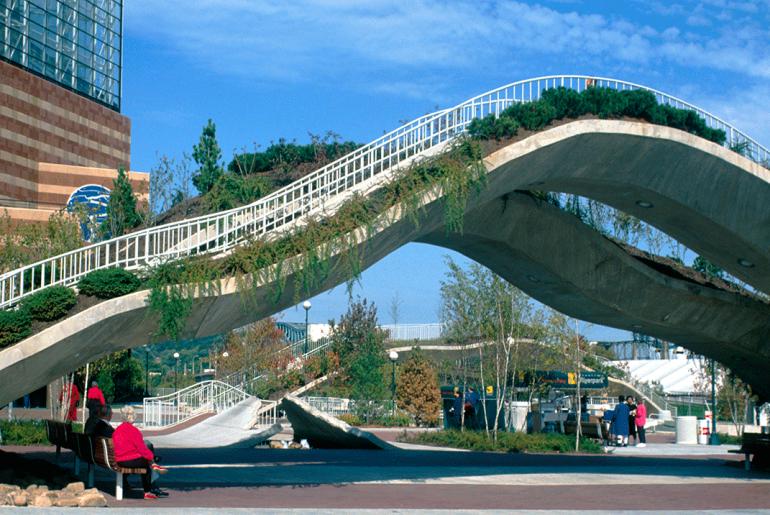

James Wines is an American architect and founding principal of SITE, an experimental architectural and environmental firm known for his radical designs. This green architect is a provocateur of architecture and its conventional styles. His work often challenges traditional notions of beauty and function, and he has been praised for his innovative use of materials and his commitment to sustainability.
Notable Work Of James Wines
A notable work of SITE is the theoretical project known as the Highrise of Homes. A multi-story condominium of steel, concrete and garden spaces, the building would offer a unique living experience of vertical communities on each floor.
5. Ken Yeang

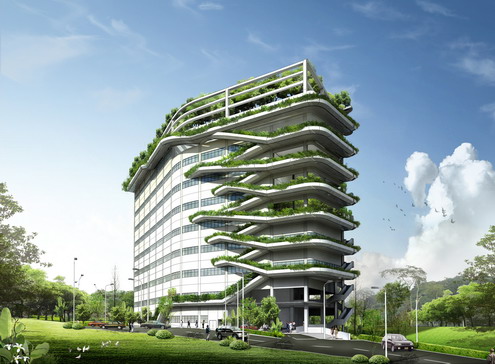
Ken Yeang is a Malaysian ecologist, green architect and author who is known for his innovative eco-designs that are environmentally responsible. Not only is he a graduate of architecture from AA School of Architecture, but Yeang also studied ecological design and planning. This helped form the basis of his ecosystem-based approach to design that is aimed towards performance beyond conventional green-rating systems.
He believes that eco-design should go beyond simply integrating the built and natural environments, but should also prevent resource depletion and environmental degradation. Yeang’s work has had a major influence on skyscraper design, and he is considered one of the leading figures in sustainable architecture.
6. Anupama Kundoo
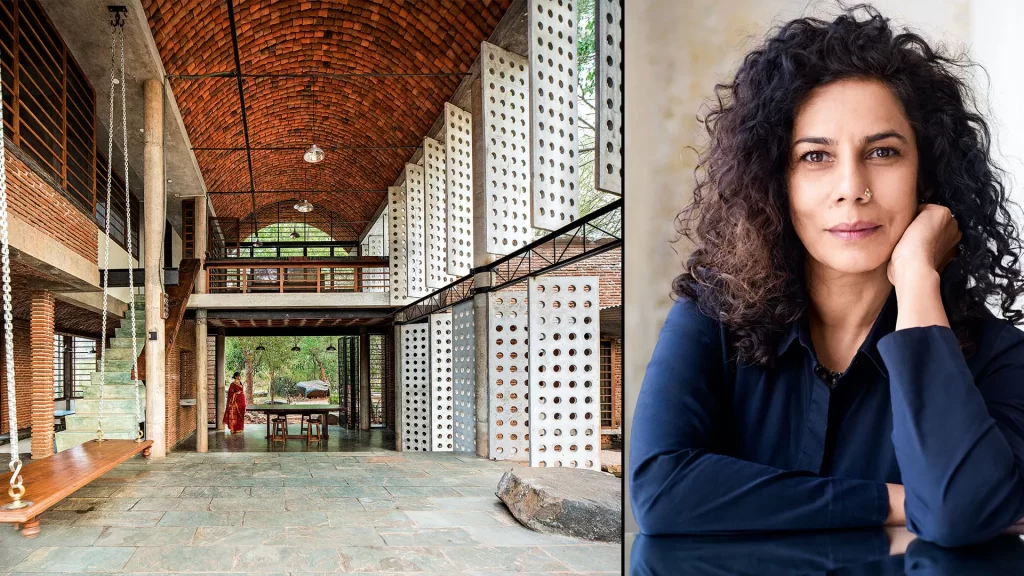
Recipient of the 2021 RIBA Charles Jencks Award, Anupama Kundoo is a green architect best known for her holistic approach to material research and sustainable construction methods.
Environmental sustainability and social responsibility are the focus of her designs. They respond to the socio-economic context through low-impact construction and material reuse. She was trained as an architect in Mumbai, India and is the principal at Anupama Kundoo Architects. She has also taught in various universities including the University of Queensland, Yale University and the FH Potsdam where she is currently a professor.
Notable Work Of Anupama Kundoo
The Wall House (India)
The Wall House project in Auroville, India remains a classic among her designs since its completion in 2000. The house was built with bricks and other local materials with a nice balance of hi-tech and low-tech methods.
7. Bjarke Ingels

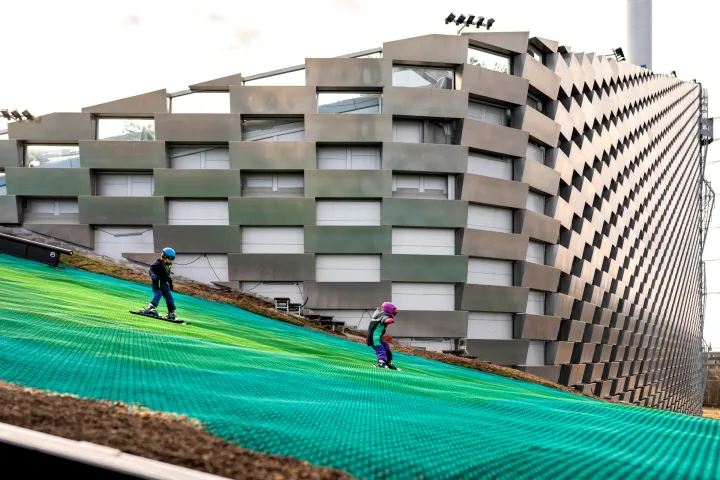
Bjarke Ingels, of BIG, is not only known for his head-turning designs but also for his commitment towards sustainability in design. For BIG, sustainability is not an obligation but a hedonistic style. In fact, the term ‘hedonistic sustainability’ is often associated with the green architecture of Ingels. This very concept of a well-functioning and sustainable city being equally good for the natural environment and the people was first developed during the Copenhagen Harbor Bath project.
Notable Work Of Bjarke Ingels
Copenhill Energy Plant (Denmark)
BIG’s sustainable architecture is best displayed in the renowned CopenHill Energy Plant and Urban Recreation Center. This ambitious project is a waste-to-energy plant, an urban recreation center and an education hub. The facilities inside integrate the latest technologies and the entire interiors are conditioned by the machinery for efficiency.
8. Francis Kéré
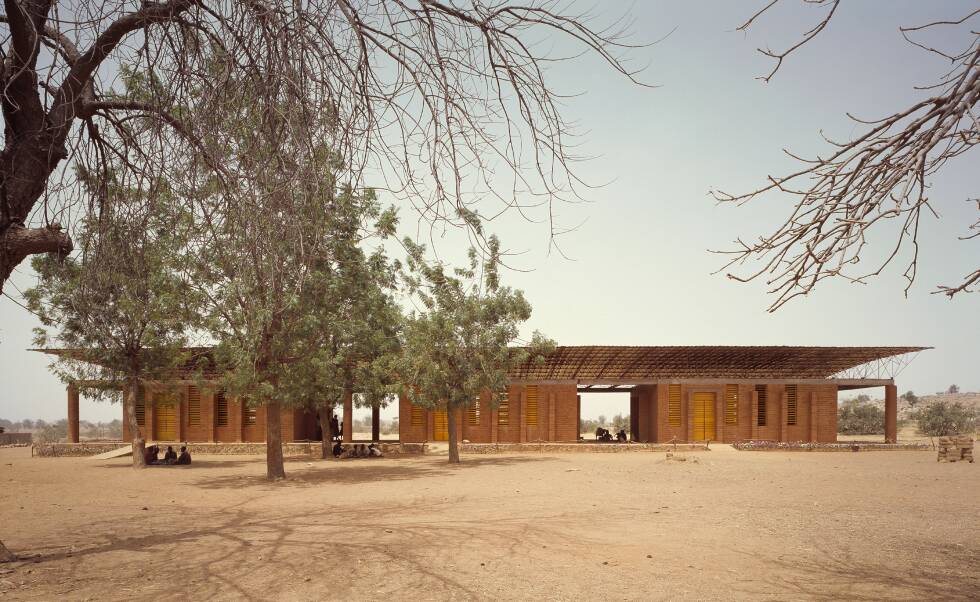
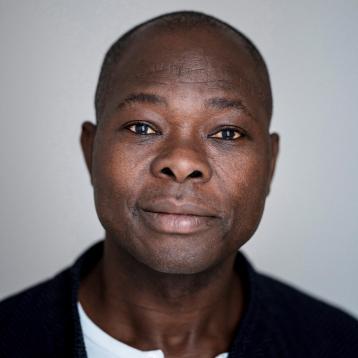
Francis Kéré, the founding principal of Kéré Architecture, is the 2022 Laureate of the Pritzker Architecture Prize and a representative green architect from Africa. His experience with architecture since childhood shaped him into the architect he is today. Hence, his designs are innovative, yet inspired by tradition. The understanding that creating the right climate conditions for basic comfort allows for true teaching, learning and excitement enabled Kéré to design spaces that are both contextual and user responsive in addition to being sustainable.
Notable Work Of Francis Kéré
Gando Primary School (Burkina Faso)
The design for Gando Primary School earned Kéré the 2004 Aga Khan Award for Architecture. The design addressed poor lighting and ventilation, the 2 main issues of the schools in the region at that time. Clay is available in abundance and provides thermal protection against the high temperature of the region. The perforated clay roof also reduced ecological footprint by removing the need for air-conditioning with maximum ventilation.
9. Smith Mordak
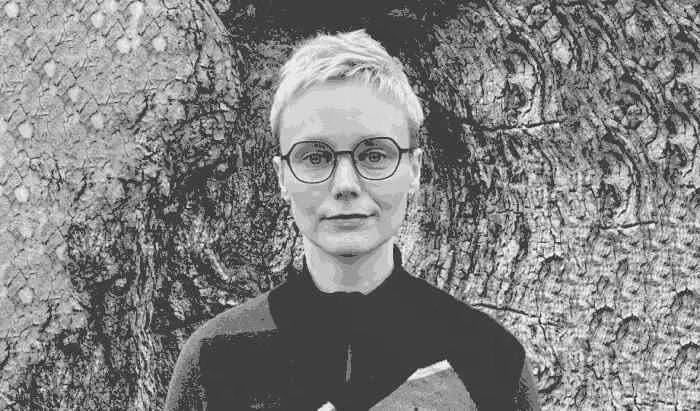
Recently appointed as the new Chief Executive of the UKGBC (UK Green Building Council), Smith Mordak is an architect, engineer and writer focusing on the regenerative economy and built environment. They previously held the position of Director of Sustainability and Physics at Buro Happold. Their extensive career of Mordak in sustainability and environmental activism gave them deep technical expertise and industry knowledge of the complex relationship between the built environment and climate change. They have also written extensively for the Architect’s Journal, Dezeen and the Guardian.
10. Michael Pawlyn
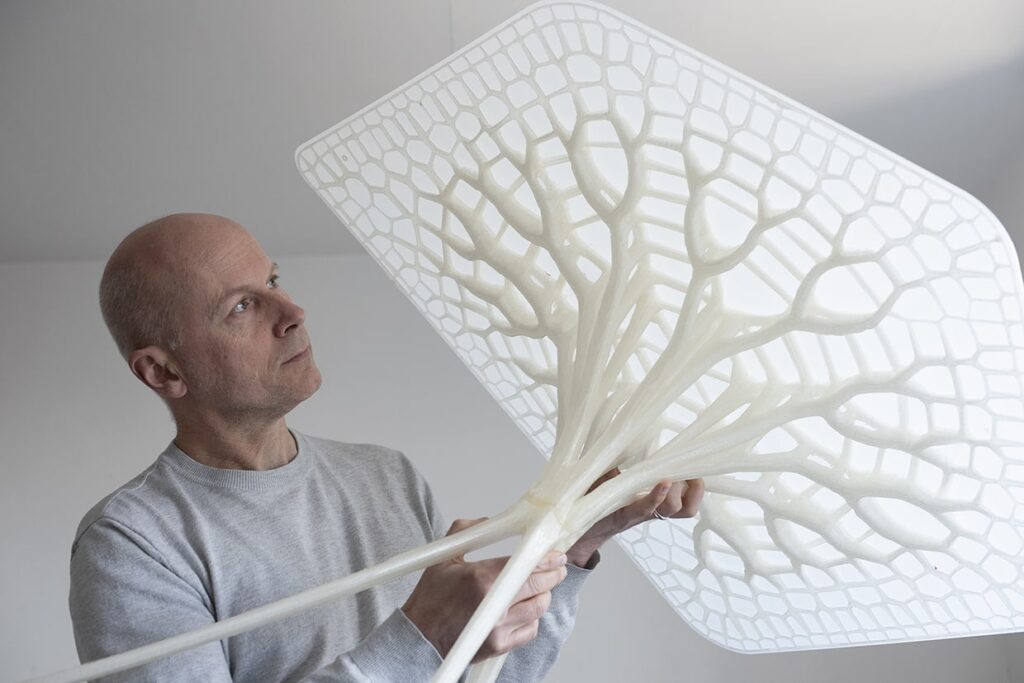
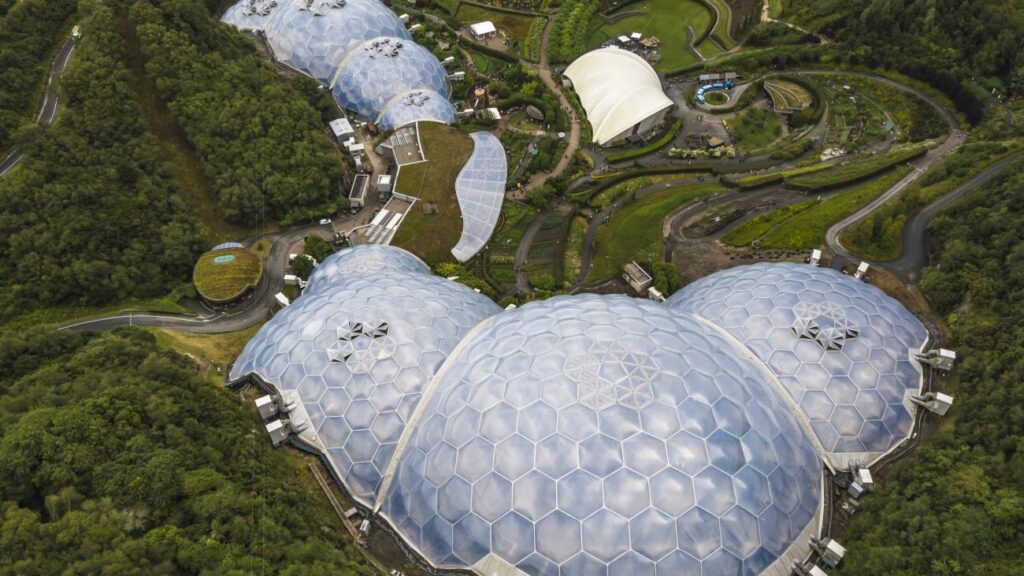
A leader in regenerative design and circular economy, Michael Pawlyn is an advocate for biomimicry, an avant-garde concept for positive environmental impact. By making use of computational design tools, he studies and designs buildings inspired by the natural world. He founded Exploration Architecture in 2007 which focuses on biomimicry and regenerative design. The firm works with various researchers, scientists, artists and consultants on their projects. Pawlyn believes architects must go beyond creating sustainable architecture and instead should design buildings that can help repair our dying planet.
Notable Work Of Michael Pawlyn
The Eden Project Biome (under Grimshaw)
Prior to establishing Exploration, Pawlyn worked at Grimshaw where he played a central role in rethinking horticultural architecture. He was part of The Eden Project Biomes which was inspired by biological structures including soap bubbles and carbon molecules.
11. Michael Green

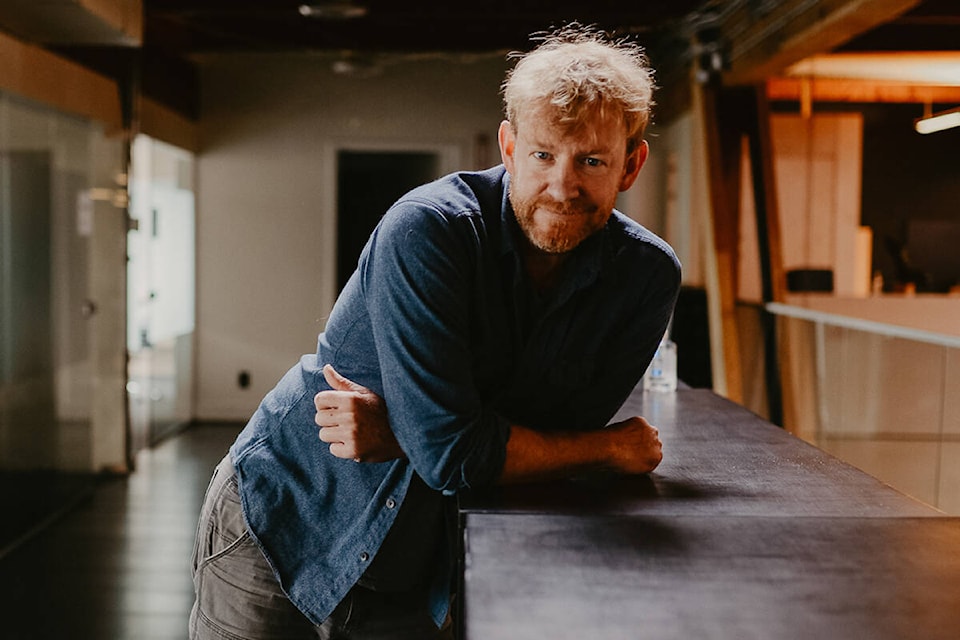
The third Michael and the eleventh green architect in our list is Michael Green, a pioneer of mass timber construction. The Canadian architect, and the founder of MGA, has been advocating for mass-timber and biomaterials to replace concrete and steel.
He has also strongly suggested that all these measures will not fix the underlying problems as long as the industry is overbuilding. Regardless, they are safe and sustainable alternatives which can have a more positive impact than most materials in use today. Don’t think they work on a small scale just because they are timber buildings! MGA has been working on multiple large-scale projects in both medium and high-rise typologies.
Notable Work Of Michael Green
T3 (U.S)
T3 was once one of the tallest mass timber buildings in North America, standing 7 storeys high. The commercial building is LEED Gold certified. Engineered wood (glulam and nail laminated timber) gives warmth to the building with the exposed mass timber columns and floor slabs. The embodied carbon in the structural system is also lower than that of conventional buildings.
Read more: How powerful are buildings LEED certification?
12. Jan Kaplicky
Jan Kaplicky was more well-known for his brazen projects than being a green architect. The Czech-born architect worked with Richard Rogers, Renzo Piano and Foster and Partners before starting his own firm, Future Systems in 1979. He was known to delve into green technologies even before most architects were paying attention to them. Many of his organic forms and radical ideas didn’t get built. Still, his architectural ambitions were expressed through drawings.
13. Emilio Ambasz
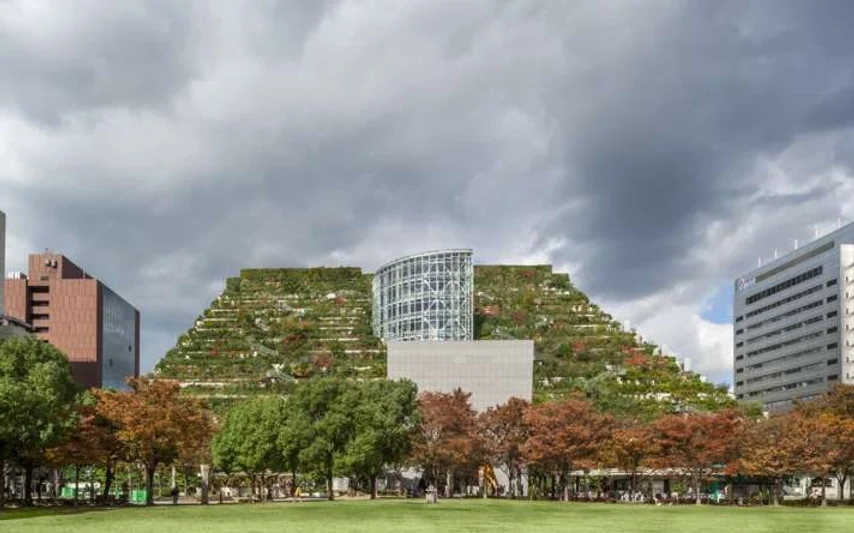

Ambasz may not be a familiar name to many. But the architects today should be inspired by the site-sensitive green architecture of this Argentinian-US architect. Additionally, he is also an industrial designer who has worked as a curator, product and furniture designer. This green architect is a true believer in architecture that respects the landscape. Even back in the 1970s when green architecture was not yet fashionable, he had designed buildings that incorporate the earth and vegetation as a means of connection to the site and as insulation.
Notable Work Of Emilio Ambasz
Fukuoka Prefectural International Hall (Japan)
The prefectural International Hall is the merging of a public park and a government office building. Completed in 1990, the garden terraces along the façade gave back to the public the green area lost to the building.
14. Stefano Boeri
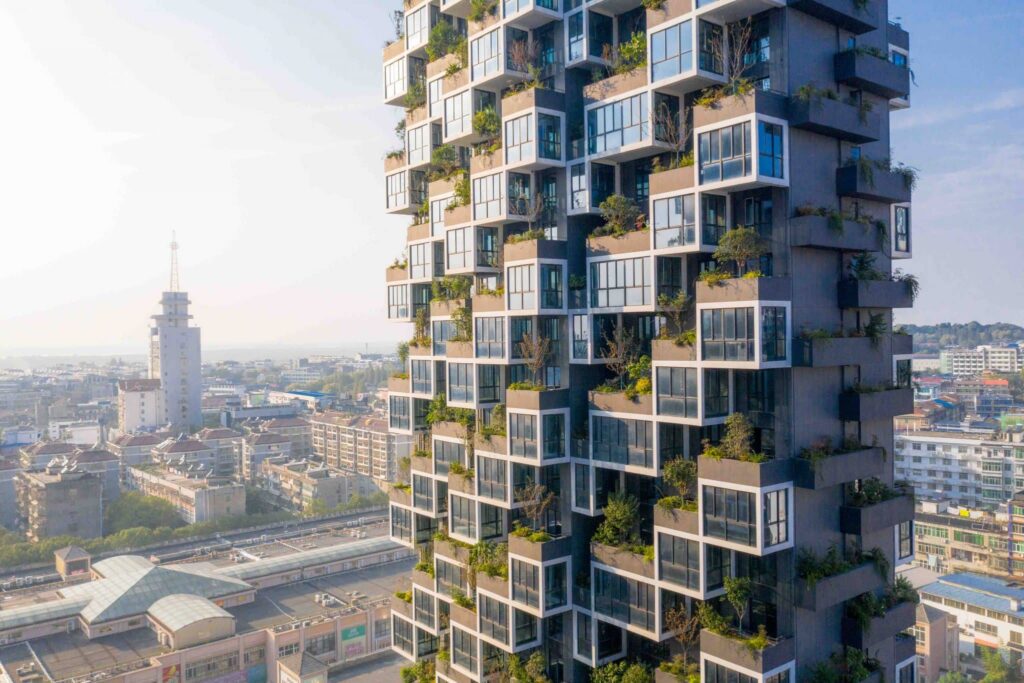
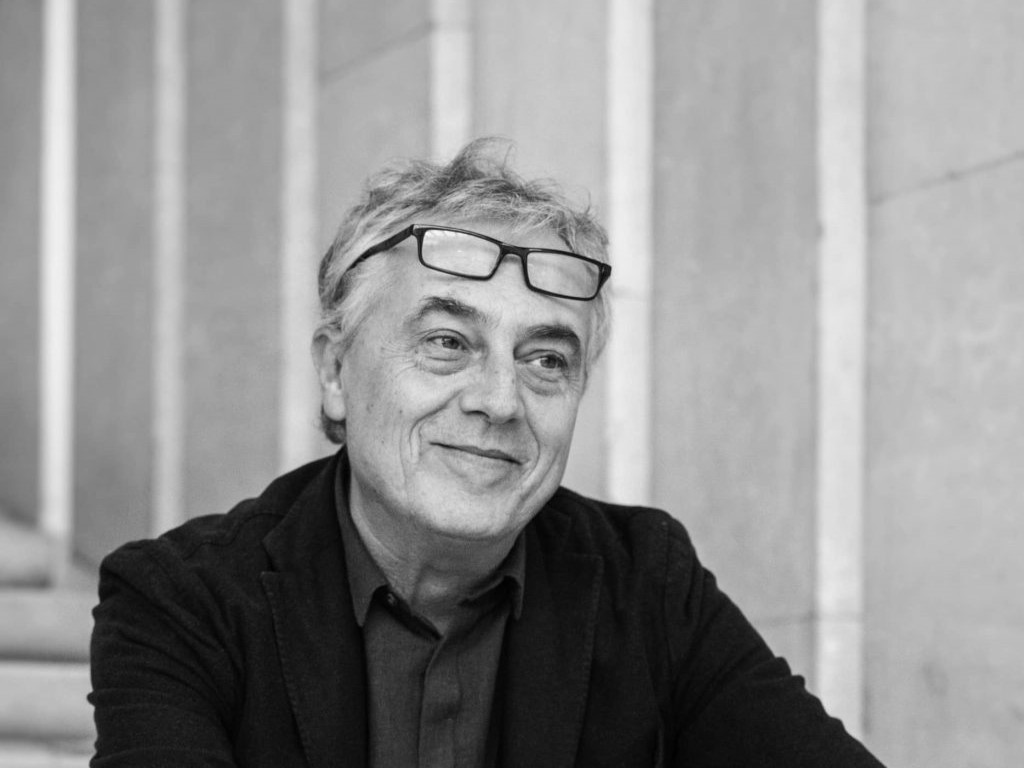
Stefano Boeri is not any green architect; he launched the Green Obsession campaign which won the UN SDG Action Awards. The award signifies projects or initiatives that mobilize, connect and inspire communities for positive change. Boeri, and his eponymous firm, work on the design philosophy that urban environments can be improved with careful integration of natural elements in architecture and urban planning.
Notable Work Of Stefano Boeri
The Vertical Forest Skyscrapers
High-rise buildings don’t need to be just covered in concrete. Boeri has constructed these vertical forest towers in Milan and in China and there are already prototypes for the first Dutch Vertical Forest and Dubai. Considered one of the greenest projects, the Milan Vertical Forest is covered in more than 750 trees of all sizes as well as over a thousands of perennials and shrubs.
15. Jeanne Gang
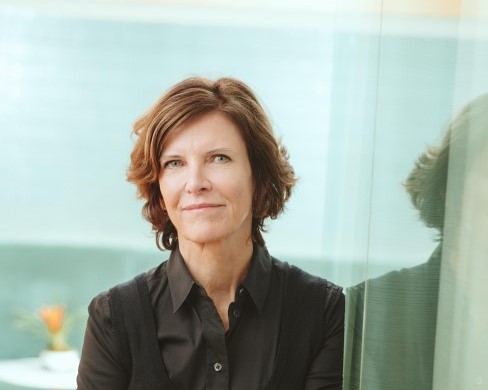
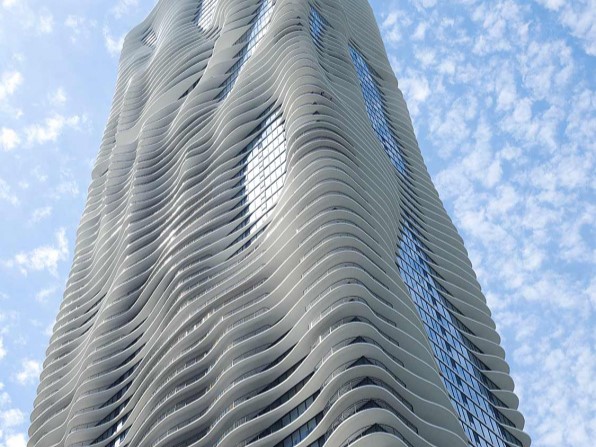
Jeanne Gang is a green architect and the founding principal of Studio Gang who draws insights from ecological systems to design. The studio’s works are connections between the people, the environment and the communities. Her forward-looking approach to design keeps her close to research and a mission to create public awareness. Through an innovative approach to environmentally sensitive designs and materials, Gang has designed a range of typologies, from community institutions to urban planning.
Notable Work Of Jeanne Gang
Aqua Tower (U.S)
Aqua Tower remains one of her most recognizable buildings despite being constructed in 2009. The curved concrete balconies ripple enclosing the structure. This effect is not just purely aesthetics; it also helps to diffuse the strong winds of Chicago. The design is also bird-friendly which earned the firm recognition from PETA. At the time of completion, the 82-storeys tower was the tallest building designed by a woman.
Conclusion:
These pioneering green architects are leading the push to redefine sustainable design and create a greener, more sustainable future. Their creative designs encourage a change to more eco-friendly practices in the AEC sector as the significance of sustainability keeps increasing.
Explore our streamlined LEED certification exam prep course to join this revolutionary movement and support your path to becoming a green architect with the knowledge and skills to help create a more sustainable future.



